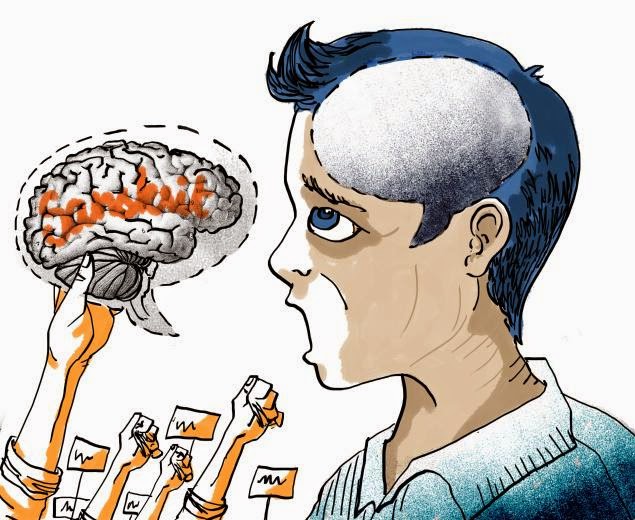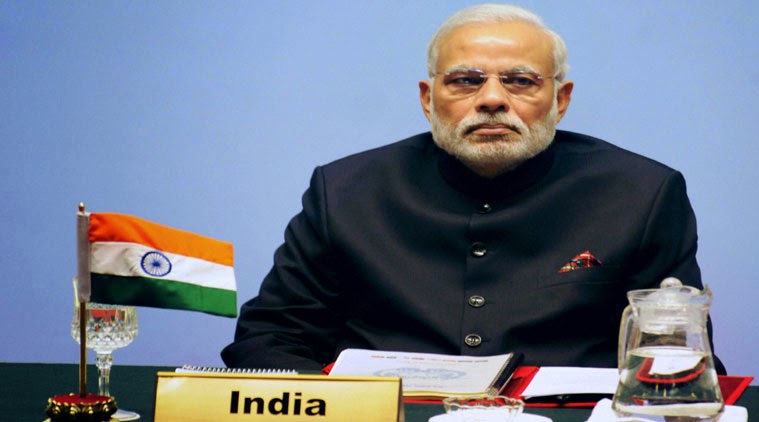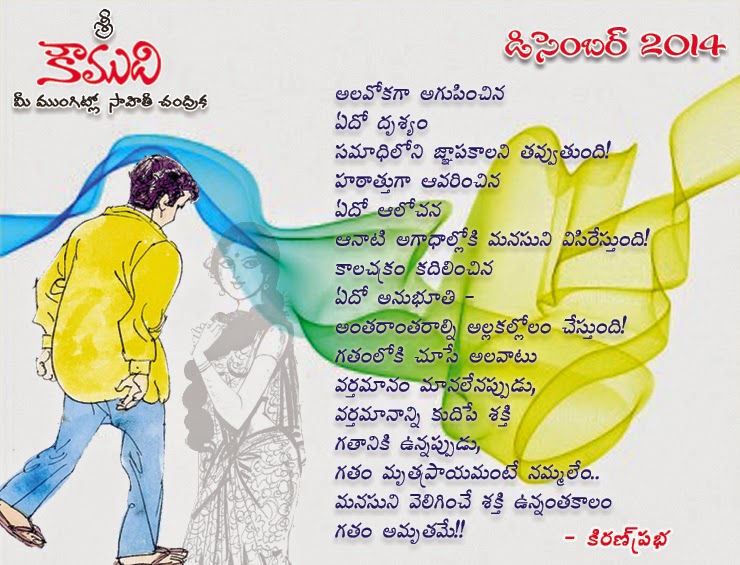It is a shameless mess of anger, bigotry and coercion which threatens our multi-religious nation.
POLITICS | 4-minute read | 15-12-2014
Rajeev Dhavan
Conversion, reconversion, counter-conversion and victimisation of Hindu converts to any other faith. What a shameless mess of anger, bigotry, threats and coercion.
On December 8, 2014, there was a havan in Agra, by offshoots of the RSS and the Bajrang Dal, who "reconverted" 200 Muslims into the Hindu fold. Muslims were promised Aadhar cards, IDs and registration as BPL (Below Poverty Line). Amidst chants and priestly ceremonies, vermilion was put on Muslim foreheads as they washed the feet of Hindu idols. Most Muslims said they were lured, and asserted that they were Muslims. Farhan, a poor Muslim put it well: “If 40 saffron-scarved persons stand on your head, you do what they want.”
The Hindutva juggernaut is on the roll. The plan is to have 600 conversion sammelans. After Balarampur and Agra will come Ghazipur and Aligarh on Christmas day. The rest will follow. This unrelenting Hindutva crusade in the name of Hinduism is shamelessly subversive by a religion which does not proselyte.
Legislation
The BJP suggested the remedy lay in passing an anti-conversion legislation. Such anti-conversion legislation has been used in the past to terrorise non-Hindus. Before independence it existed in princely states in Rajgarh (1936), Bihar (1942) Sarguja and Udaipur. After independence, the first round of legislation was in Orissa (1967) and Madhya Pradesh (1968). The Orissa legislation was struck down and its MP counterpart upheld by their respective high courts.
In the Stanislaus case (1977), the Supreme Court upheld the acts without examining them. Its logic was that Article 25 of the Constitution specifically guaranteed the right to “propagate” one’s faith, but not to convert. This clumsy judgment was welcomed by Hindu fundamentalists. Unfortunately in the Satya Narayan case (2003), justice Khare and Sinha showed extreme indiscipline, to affirm Stanislaus without a notice to the other side. After Stanislaus, the legislation was passed in Arunachal Pradesh (1978), Chhattisgarh (2202), Himachal Pradesh (2006) and Rajasthan (2008).
When Rajasthan wanted to make its law stricter, governor Pratibha Patil killed the Bill by reserving it for presidential assent. Gujarat’s anti-conversation laws were passed in 2003; with a later proactive amendment by Narendra Modi that conversions between Hindus, Buddhists and Sikhs were not conversion because they were part of the same Hindu faith. Governor Sharma ordered reconsideration and Modi withdrew under pressure.
All these statutes decry conversion by force, misrepresentation or inducement. Fair enough. India’s Penal Code (IPC) treats such conversions as cheating and punishes those who promote enmity and outrage religious feelings (Sections 153A, 295A of the IPC). By this test, the RSS and Bajrang Dal initiative in Agra and 600 planned sammelans are illegal as disturbing communal harmony. Anti-conversion acts are not that simple.
Models
The simple model is to introduce criminal consequences, including making them cognisable (investigation by police) and non-bailable. The second model may be called the surveillance model, followed in MP, Gujarat, Tamil Nadu, Arunachal Pradesh and Himachal Pradesh. Here, prior intimation of a conversion has to be given to the magistrate who can inquire into any “complaint or information”. Significantly, Parliament has refused to pass the Indian Conversion (Regulation and Registration) Bill, 1954 and the Backward Communities (Religion Protection) Bill 1960. A 1978 bill lapsed. The response of the Modi government on December 12, 2014 to the recent conversions in Agra is to suggest an anti-conversion Bill. Such statutes are designed to harass Christians, Muslims and other minorities through surveillance and punishment.
Technically, conversion by Hindus will also come under the proposed bill. But we all know there is a huge difference of application. Such laws are inflicted on minorities and reticent in their use on Hindus. Modi’s strategy is brilliant in its deceit. First, his rank and file create Agra and then his government suggest this odious solution as a panacea. Create a crisis and propose a solution which Parliament has resisted for 64 years. Freedom of religion by threats and criminalisation is not acceptable.
Tolerance
Hindutva adherents must recognise that Hindus left the faith because of some aspects of Hinduism which can be considered offensive. Buddhism posed a threat to Hindus over centuries because of the caste system and Buddhism’s innate attractiveness. It took the Shankaracharya to simplify the Hindu faith to some extent even as lapses continue. Even if conversions took place in the Muslim era (1206 -1857) and the Christian era (1700-1947) to curry favour with the rulers, after many generations today’s Muslims and Christians remain steadfast in their faith.
Recent conversions from Hinduism are symbolised by Ambedkar’s conversion to Buddhism. If Hinduism were to introspect, one would find an apparatus of cruel absurdities in an otherwise creditable faith. What we now have is a political Hinduism backed by arrogance, ignorance and threats. When Gujarat burned, Modi was complicit. Today, he is the prime minister of India. What is expected from him is a severe condemnation of the events in Agra, the one planned in Aligarh and the 600 to follow. Is Modi himself truly a Hindu? I think in name only. The RSS "short pants" brigade was modelled on Nazi lines. Modi needs the RSS and others for political victory, even if at times limits of decency have been crossed.
India is the greatest multicultural, multi-religious nation in the world, with traditions of tolerance and co-existence. Mr Modi — don’t let your electoral supporters spoil this.
POLITICS | 4-minute read | 15-12-2014
Rajeev Dhavan
Conversion, reconversion, counter-conversion and victimisation of Hindu converts to any other faith. What a shameless mess of anger, bigotry, threats and coercion.
On December 8, 2014, there was a havan in Agra, by offshoots of the RSS and the Bajrang Dal, who "reconverted" 200 Muslims into the Hindu fold. Muslims were promised Aadhar cards, IDs and registration as BPL (Below Poverty Line). Amidst chants and priestly ceremonies, vermilion was put on Muslim foreheads as they washed the feet of Hindu idols. Most Muslims said they were lured, and asserted that they were Muslims. Farhan, a poor Muslim put it well: “If 40 saffron-scarved persons stand on your head, you do what they want.”
The Hindutva juggernaut is on the roll. The plan is to have 600 conversion sammelans. After Balarampur and Agra will come Ghazipur and Aligarh on Christmas day. The rest will follow. This unrelenting Hindutva crusade in the name of Hinduism is shamelessly subversive by a religion which does not proselyte.
Legislation
The BJP suggested the remedy lay in passing an anti-conversion legislation. Such anti-conversion legislation has been used in the past to terrorise non-Hindus. Before independence it existed in princely states in Rajgarh (1936), Bihar (1942) Sarguja and Udaipur. After independence, the first round of legislation was in Orissa (1967) and Madhya Pradesh (1968). The Orissa legislation was struck down and its MP counterpart upheld by their respective high courts.
In the Stanislaus case (1977), the Supreme Court upheld the acts without examining them. Its logic was that Article 25 of the Constitution specifically guaranteed the right to “propagate” one’s faith, but not to convert. This clumsy judgment was welcomed by Hindu fundamentalists. Unfortunately in the Satya Narayan case (2003), justice Khare and Sinha showed extreme indiscipline, to affirm Stanislaus without a notice to the other side. After Stanislaus, the legislation was passed in Arunachal Pradesh (1978), Chhattisgarh (2202), Himachal Pradesh (2006) and Rajasthan (2008).
When Rajasthan wanted to make its law stricter, governor Pratibha Patil killed the Bill by reserving it for presidential assent. Gujarat’s anti-conversation laws were passed in 2003; with a later proactive amendment by Narendra Modi that conversions between Hindus, Buddhists and Sikhs were not conversion because they were part of the same Hindu faith. Governor Sharma ordered reconsideration and Modi withdrew under pressure.
All these statutes decry conversion by force, misrepresentation or inducement. Fair enough. India’s Penal Code (IPC) treats such conversions as cheating and punishes those who promote enmity and outrage religious feelings (Sections 153A, 295A of the IPC). By this test, the RSS and Bajrang Dal initiative in Agra and 600 planned sammelans are illegal as disturbing communal harmony. Anti-conversion acts are not that simple.
Models
The simple model is to introduce criminal consequences, including making them cognisable (investigation by police) and non-bailable. The second model may be called the surveillance model, followed in MP, Gujarat, Tamil Nadu, Arunachal Pradesh and Himachal Pradesh. Here, prior intimation of a conversion has to be given to the magistrate who can inquire into any “complaint or information”. Significantly, Parliament has refused to pass the Indian Conversion (Regulation and Registration) Bill, 1954 and the Backward Communities (Religion Protection) Bill 1960. A 1978 bill lapsed. The response of the Modi government on December 12, 2014 to the recent conversions in Agra is to suggest an anti-conversion Bill. Such statutes are designed to harass Christians, Muslims and other minorities through surveillance and punishment.
Technically, conversion by Hindus will also come under the proposed bill. But we all know there is a huge difference of application. Such laws are inflicted on minorities and reticent in their use on Hindus. Modi’s strategy is brilliant in its deceit. First, his rank and file create Agra and then his government suggest this odious solution as a panacea. Create a crisis and propose a solution which Parliament has resisted for 64 years. Freedom of religion by threats and criminalisation is not acceptable.
Tolerance
Hindutva adherents must recognise that Hindus left the faith because of some aspects of Hinduism which can be considered offensive. Buddhism posed a threat to Hindus over centuries because of the caste system and Buddhism’s innate attractiveness. It took the Shankaracharya to simplify the Hindu faith to some extent even as lapses continue. Even if conversions took place in the Muslim era (1206 -1857) and the Christian era (1700-1947) to curry favour with the rulers, after many generations today’s Muslims and Christians remain steadfast in their faith.
Recent conversions from Hinduism are symbolised by Ambedkar’s conversion to Buddhism. If Hinduism were to introspect, one would find an apparatus of cruel absurdities in an otherwise creditable faith. What we now have is a political Hinduism backed by arrogance, ignorance and threats. When Gujarat burned, Modi was complicit. Today, he is the prime minister of India. What is expected from him is a severe condemnation of the events in Agra, the one planned in Aligarh and the 600 to follow. Is Modi himself truly a Hindu? I think in name only. The RSS "short pants" brigade was modelled on Nazi lines. Modi needs the RSS and others for political victory, even if at times limits of decency have been crossed.
India is the greatest multicultural, multi-religious nation in the world, with traditions of tolerance and co-existence. Mr Modi — don’t let your electoral supporters spoil this.
Source: dailyo









